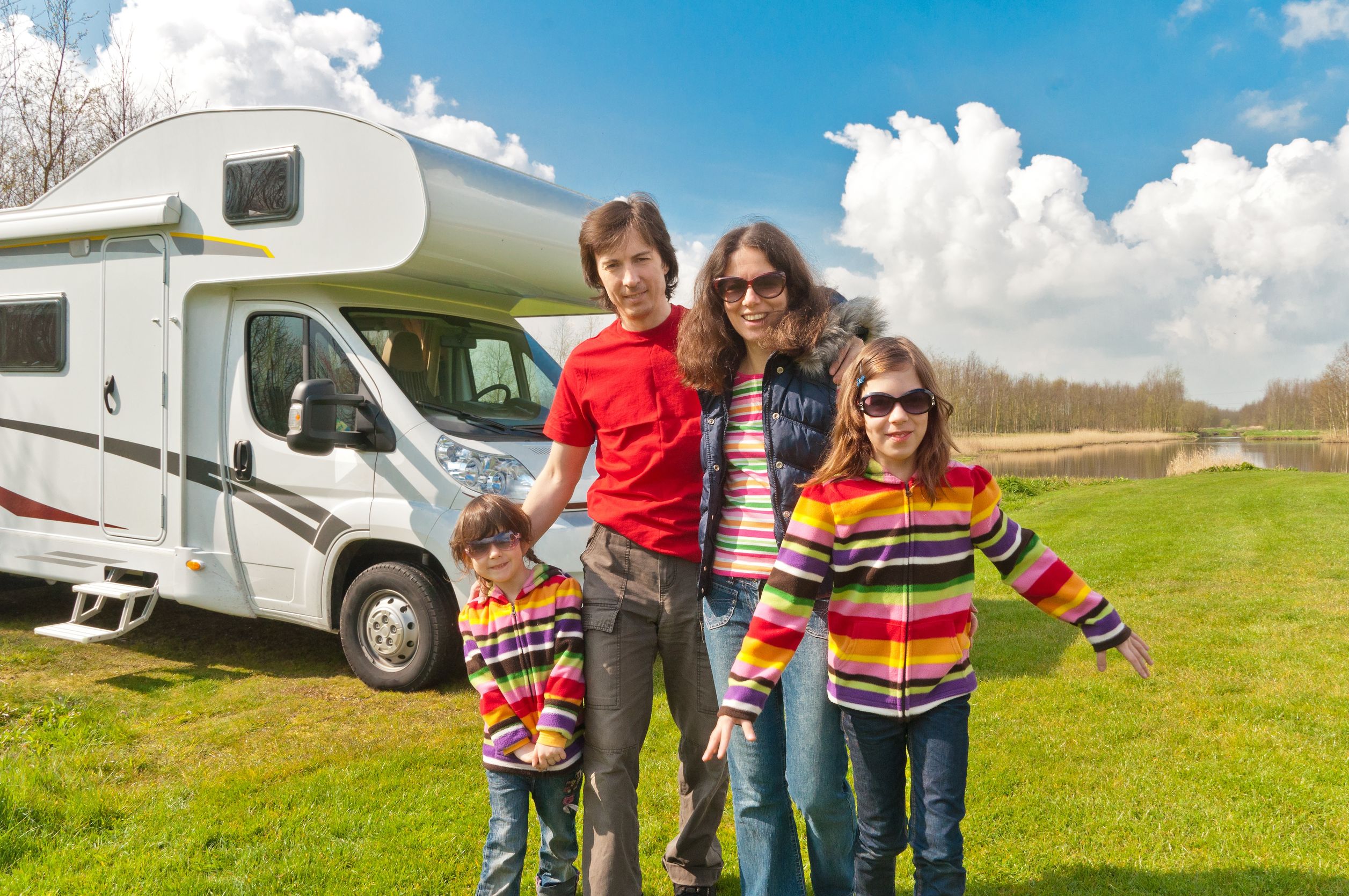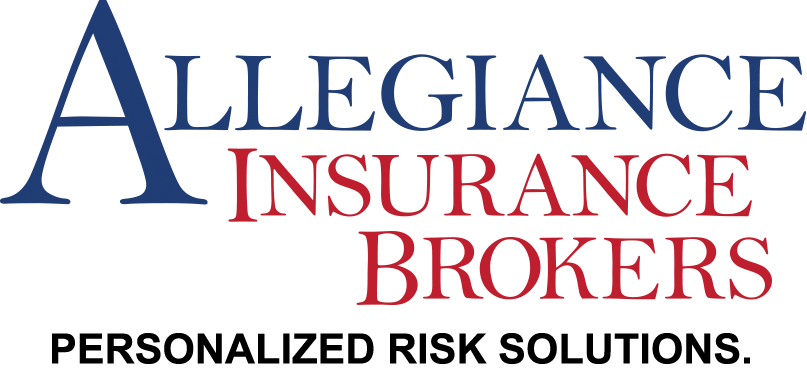
Car Insurance
Liability car insurance covers damages to another person resulting from an accident you cause. One of the most basic types of auto insurance coverage, liability is also one of the few coverage options that’s mandatory in every state—though minimum limits of coverage vary, depending on where you live. If you’re found to be at fault in an accident, liability coverage will help you pay for damage to another person’s property (this is called property damage liability) or for costs associated with their injuries (the coverage known as bodily injury liability) that you are responsible for.
When you’re reviewing the liability coverage options of your auto insurance policy, you will notice different limits:
Property damage liability limit. This is the maximum amount your insurer would pay for damage to another party’s property. The maximum payout would not exceed the limit you’ve set.
Bodily injury liability limit per person injured. This establishes a maximum payout for each individual who is injured in an accident that you cause, up to your policy limit.
Bodily injury liability limit per accident. This sets a cap on the total amount that your insurance provider will pay out for all damages associated with a single accident you cause. It’s important to set this limit high enough so that it will be enough to pay the medical expenses incurred by multiple people.
Motorcycle Insurance
Motorcycle insurance provides financial protection in the event of a motorcycle accident, loss, theft or damage. Motorcycle insurance includes liability coverage in case you are responsible for another person’s injuries or property damage. These policies provide coverage for motorcycles, choppers, fast street bikes or “crotch rockets,” mopeds, and even Segways. A standard motorcycle insurance policy will cover some portion of the costs associated with damage to your bike. It will also provide compensation in the event that you cause harm another person or their property or have legal fees to pay an accident. Known as “bodily injury and property damage liability,” your motorcycle liability insurance covers the cost of liability claims and legal fees, up to the limits of your policy, if are at fault in an accident.

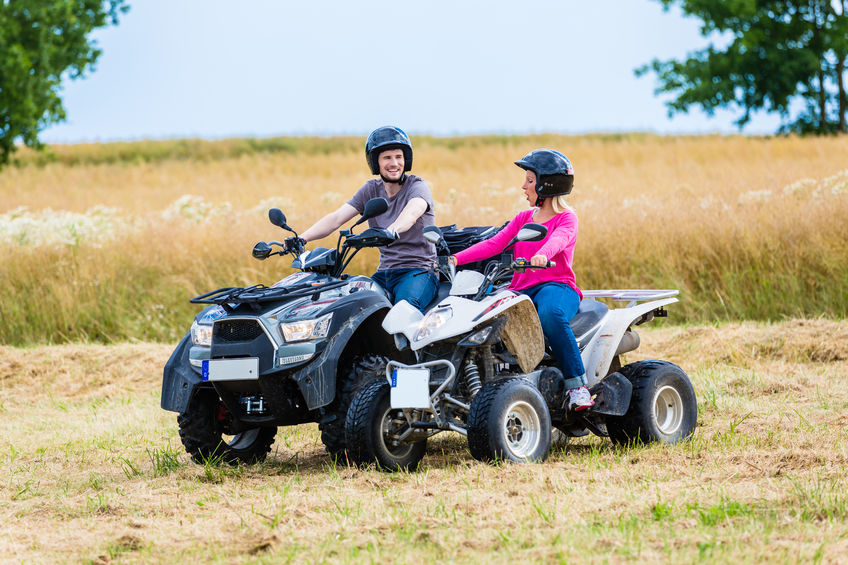
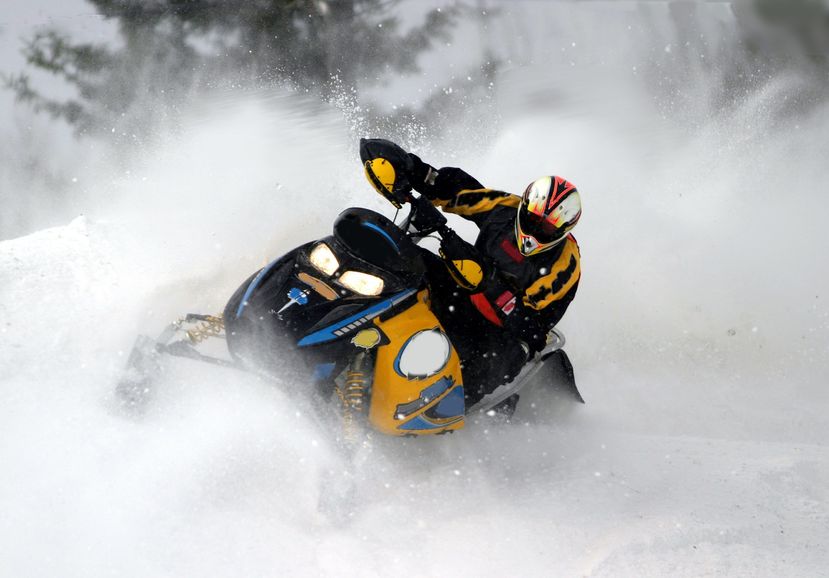

TOY Insurance
You can protect your recreational vehicles The following vehicles are eligible for liability and/or physical damage coverage: Toy insurance can protect your finances in the event of loss, damage, an accident, injury or theft of your vehicle. Here are some details:
Liability coverage will cover the costs of bodily injury and property damage up to a determined amount if you cause an accident. It will also cover the cost of your legal fees if you are sued.
Collision coverage will pay for repairs to your damaged Toy after an accident.
Comprehensive coverage is optional, and will provide protection if your ATV is stolen, damaged by fire, vandalism, or severe weather.
Uninsured/underinsured motorist coverage, also optional, will help cover your costs if another rider causes and accident, and does not have the insurance to pay for your expenses.
- Motorhomes
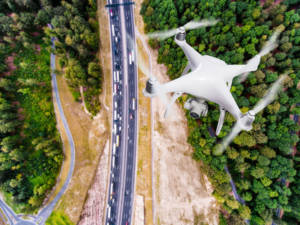
- Golf Carts
- Dune Buggies
- All-Terrain Vehicles (ATVs)
- Snowmobiles
- Jet Ski Insurance
- ATV Insurance
Toy Insurance works similarly to auto insurance. Because Toys can be risky – for the riders, passengers and those around them – your Toy insurance is designed to help cover the costs associated with a mishap or incident, as well as theft. Toy insurance helps you recover financially so that the cost of repairs, injuries and even lawsuits do not end up costing you more than you can manage out of pocket.
If you are in an accident that results in injuries or damages, your insurance agent can help you get compensation and start the claims process. First, supply any available documentation or photos of what occurred. An adjuster will review the damage and determine your compensation based on the amount of coverage, the type of loss, and your deductible.
Toys aren’t just limited to off-road recreational vehicles. You can also protect your watercrafts. This includes:
- Watercrafts (up to 26 feet)
- Sailboats ( to 40’ and 200 horsepower)
- Personal Watercraft
RV/Trailer Insurance
Recreational vehicles, or RVs, include a wide range of motorhomes, from camper vans to bus conversions, organized by classes: Class A, B and C. Your RV insurance will depend on the class of your vehicle, how much you use it, whether you live in it full time and other factors.
The classes of RV include:
Class A: This class includes models such as the luxury coach, converted bus and motor coach. These vehicles can be up to 75 feet long.
Class B: This is the smallest class of recreational vehicles. These vehicles do not have a cab-over, and can also include cargo van type designs, travel trailers and camper vans.
Class C: This group includes vehicles that use a standard cargo van as the driving portion of the RV and the camper portion extends over the cab area. This class covers fifth wheel vehicles
RV insurance covers many of the similar risks that auto insurance does, including collision, comprehensive and liability coverage. You can also get additional protection for your personal belongings on board, equipment and attached accessories such as awnings and satellite dishes. Depending on the insurance company you choose, your additional coverage options may include:
- Total loss replacement coverage
- Campsite and vacation coverage
- Emergency expenses
- Towing and roadside coverage
- Full-timer coverage if your RV is your full time residence
- Uninsured and underinsured motorists coverage
